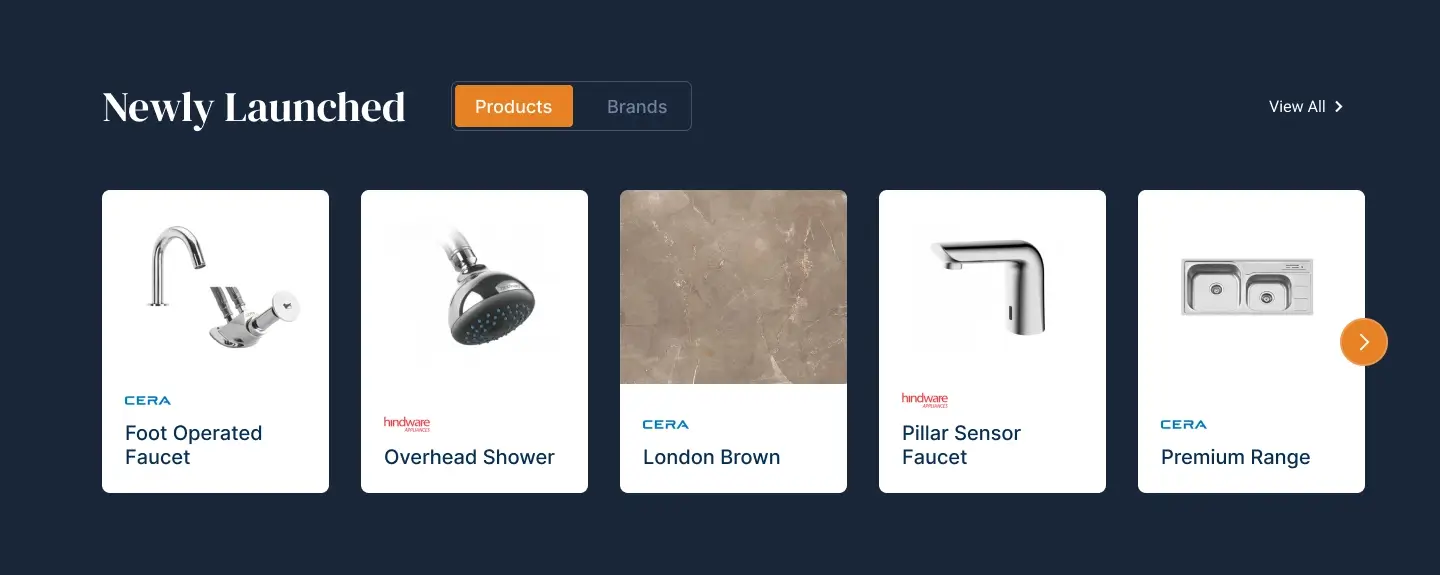
Table of Contents
Excavators are essential in construction, whether digging footings, grading land, or handling debris. Their performance directly affects timelines and job site efficiency. But unexpected excavator failure can bring progress to a halt, causing delays, added labor costs, and equipment downtime.
Most failures are avoidable. With the right habits, high-quality components, and proper use, contractors can reduce breakdowns and keep machines running reliably. Backed by insight from We-attach Company, a leading excavator parts manufacturer, here are the most common reasons excavators fail and how to prevent them.
Skipping Maintenance Causes Damage
Delaying regular maintenance often leads to internal damage and shortens equipment life. Core systems like hydraulics, fuel filtration, and engine cooling need consistent care to perform correctly. Neglecting them leads to pressure loss, reduced power, and overheating.
Even minor wear parts-such as seals, pins, and hoses-can cause bigger issues when ignored. A leaking seal or damaged line can compromise system pressure or contaminate fluid. Using high-durability excavator replacement parts helps reduce the frequency of repairs and keeps machines on a dependable service schedule.
Crews should follow manufacturer service intervals, change fluids on time, and inspect wear parts during routine checks.
Operator Mistakes Cause Early Wear

Inexperienced operators are a major source of unnecessary wear. Actions like overloading the bucket, using the wrong attachment, or digging too aggressively place extra strain on the machine. Over time, this stress weakens the boom, wears down hydraulic cylinders, and damages the undercarriage.
Operator training and supervision are critical. Even simple techniques-such as smooth swing control, balanced lifting, and choosing the correct work mode-can extend the life of key components.
Site managers should prioritize proper onboarding and reinforce safe operating practices. A skilled operator reduces the risk of avoidable excavator failure and helps control maintenance costs.
Overuse Pushes Components Too Far
Excavators are built for tough tasks, but every machine has its limits. Using a compact unit for heavy-duty jobs, working in extreme heat for extended hours, or running nonstop without breaks increases the chance of breakdown.
Common signs of overuse include vibration, overheating, and early failure of bushings, tracks, or swing components. These stress points wear down much faster when the machine is pushed too hard.
To prevent this, match the excavator size to the job requirements. Rotate machines when possible, monitor duty cycles, and avoid exceeding rated load capacities. Managing operating hours is one of the most effective ways to extend machine life.
Warning Signs Get Ignored
Early warning signs are often easy to spot-strange noises, slow hydraulic response, or rising engine temperature. Still, crews often overlook these indicators to stay on schedule. That choice usually results in more downtime later.
Small issues like hydraulic lag may point to clogged filters or seal damage. Knocking sounds could signal loose pins or internal wear. Addressing these problems early, before they spread to other systems, keeps repair costs lower.
Replacing worn components with OEM-grade excavator parts ensures better performance and fewer breakdowns. Teams should document early symptoms and inspect any abnormal operation immediately.
Low-Quality Parts Cause More Breakdowns

Cheaper parts often create more problems than they solve. They wear out faster, fit poorly, and can lead to failure of surrounding components. This increases maintenance costs and creates safety risks.
Using poorly manufactured replacement parts in high-load areas-such as swing bearings, track rollers, or cylinder seals-often leads to early failure or pressure loss. These failures may not be visible right away, but they can cause long-term performance issues.
Sourcing from a reputable excavator parts manufacturer, such as We-attach, ensures components are built to exact specifications. Quality-tested parts help reduce failure risk and protect the systems they support.
Daily Basics Make a Big Difference
Small, consistent actions have a major impact on machine health. Maintenance logs should be updated regularly with hours, service details, and any part replacements. Pre- and post-shift inspections help catch damage before it becomes costly.
Operators and technicians should check fluids, inspect hoses and pins, and watch for leaks or signs of unusual wear. Stocking common wear parts like bucket teeth, seals, and filters ensures repairs can be made quickly, without extended downtime.
A structured approach to heavy equipment maintenance keeps machines in better condition and avoids last-minute breakdowns.
Final Takeaway: Build Reliability into the Plan
Most excavator failures are preventable. With the right training, regular maintenance, and quality excavator replacement parts, crews can keep machines operating longer and more efficiently.
Reducing downtime means more than just reacting to problems. It starts with preventing them by using tested components, following service intervals, and paying attention to how machines are handled. Partnering with a trusted excavator parts supplier helps ensure reliability from the inside out.
In construction, reliable machines lead to smoother schedules, lower repair costs, and more consistent results. The best fix for equipment failure is to stop it before it starts.
Also Read: Mastering Bulk Handling Efficiency_ Proven Strategies to Streamline Workflows and Enhance Safety Across Industries






























